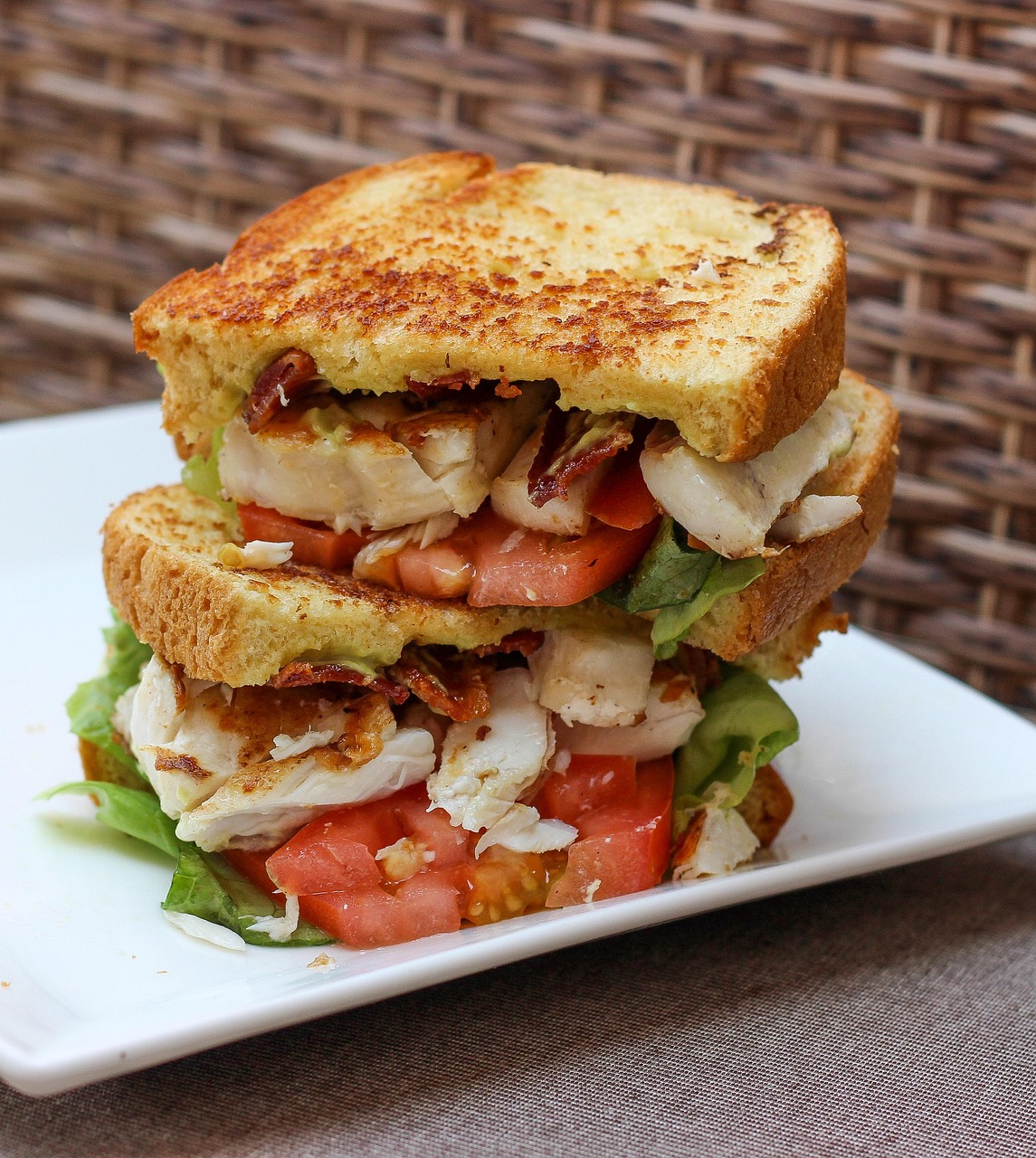Last year, I made a blog post about using an Einkorn-based recipe for sandwich bread. It is a quicker recipe than my other breads, which generally take a day or two to make. I had numerous issues with this recipe. When I searched, I found it repeated over and over again on multiple bread blogs, yielding the same results. Naively thinking I must be doing something horribly wrong, it never occurred to me that food bloggers might be stretching the truth a wee bit.
So I am linking a different recipe here, which is probably where they got it from, but with much more truthful instructions. This version comes from Carla Bertolucci, one of the founders of Jovial, a company that specializes in Einkorn products. Carla wrote an excellent cookbook, which is available on the Jovial site.
So here are my thoughts on this recipe, having made it several times:
- It is a spritely dough. Einkorn rises faster than most other flours because it contains such abundant natural wild yeasts. If you use this very beginner-friendly and quick recipe, don't walk away and forget about it on the counter.
- It will be sticky, creamy consistency and that will change very little. Do not use a mixer. Einkorn is a no-knead dough. The more you manipulate it mechanically, the stickier and more difficult it will become to handle.
- While the recipe at Jovial does not state it, the recipe book does talk about turning the dough. This is a technique where you flour the work surface a little, turn out the dough 30 miutes after it's initial mixing, shape it into a rectangle, then fold the long sides toward the center like an envelope. After that, you fold the short sides toward the center and then fold the dough in half. Place the dough back into the bowl and continue the rise. Turning can be repeated a couple more times every 30 minutes.
- Sometimes I turn the dough, and sometimes I leave the dough in the bowl and do stretch and folds. Wet your hands, imagine the dough has four sides, and grab one side. Stretch it up and fold it toward you. Turn the bowl a quarter turn, stretch, and fold the next side. Repeat on all four sides. Cover and let rest for 30 minutes. Repeat this process two or three times.
- Either method will develop the gluten in a more gentle way than kneading, which will have the exact opposite effect on Einkorn. The gluten in Einkorn is significantly weaker compared to modern grains because it has never been modified in any way, making it a challenge to use Einkorn in contemporary recipes that favor a taller, more structured final product.
- Einkorn is a joy to work with and to eat, if you understand that it can’t be a direct swap for modern flour.
Jovial’s recipes are free, thoroughly tested, and the posts are tech-edited, ensuring they all work. My personal favorite is the Einkorn Pop-Tarts!


Comments ()